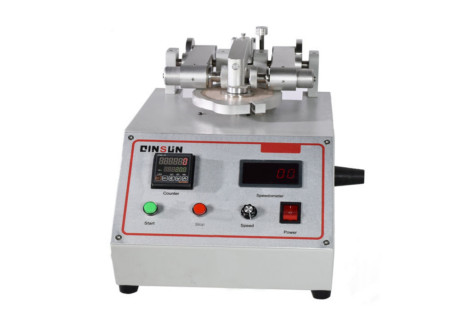- Qinsun Instruments Co., Ltd.
- Tell:+86-21-6780 0179
- Phone:+86-17740808215
- Address:No. 2578 Minhang District Gu Dai Road, Shanghai
- Contact:Mr. Li
- QQ:846490659
Selection of hubs

The English name for a hub is "Hub". "Hub" means "center", and the main function of a hub is to regenerate, shape, and amplify the received signal to expand the transmission distance of the network, while concentrating all nodes on the nodes centered around it. It works at the OSI (Open Systems Interconnection Reference Model) reference model layer, also known as the "physical layer". A hub, like transmission media such as network cards and cables, is a fundamental device in a local area network and adopts the CSMA/CD (Carrier Sense Multiple Access Technology with Conflict Detection) medium access control mechanism. Each interface of the hub simply sends and receives bits, forwarding 1 upon receiving 1 and 0 upon receiving 0, without performing collision detection.
speed
The selection of hub speed is mainly determined by the following three factors.
(1) Upstream device bandwidth
If the uplink device allows running at 100Mbit/s, a 100Mbit/s hub can naturally be purchased; Otherwise, a 10Mbit/s hub should be an ideal choice, as it is suitable for networks with fewer connected devices and low communication traffic. A 10Mbit/s hub can meet the application needs.
(2) Number of connection ports provided
Due to all sites connected to the hub competing for the same uplink bus, the more ports connected, the more likely it is to cause conflicts. At the same time, data sent to any port of the hub will be sent to all ports connected to the hub, and having too many ports will reduce the effective utilization of the device. Based on practical experience, the number of computers managed by a 10Mbit/s hub should not exceed 15, and a 100Mbit/s hub should not exceed 25. If exceeded, a switch should be used instead of a hub.
(3) Application requirements
The transmitted content does not involve voice or image, and the transmission volume is relatively small. Choose 10Mbit/s. If the transmission volume is large and there is a possibility of involving multimedia applications (note that hubs are not suitable for transmitting time sensitive signals, such as voice signals), 100Mbit/s or 10/100Mbit/s adaptive hubs should be selected. The price of a 10/100Mbit/s adaptive hub is generally higher than that of a 100Mbit/s.
Repeater
A hub is a special type of repeater that can serve as an adapter for multiple network segments, as several hubs can be cascaded together. Intelligent hubs can also integrate network management, path selection, and other network functions. A hub is a small unit that manages a network and serves as a star shaped connection point for a local area network. It centrally manages workstations and prevents problematic sections from affecting the normal operation of the entire network. Hub is a widely used connecting device in a local area network. It can be divided into three types according to configuration: independent hub, modular hub, and stacked hub. Its function can be simply understood as connecting some machines to form a local area network.





